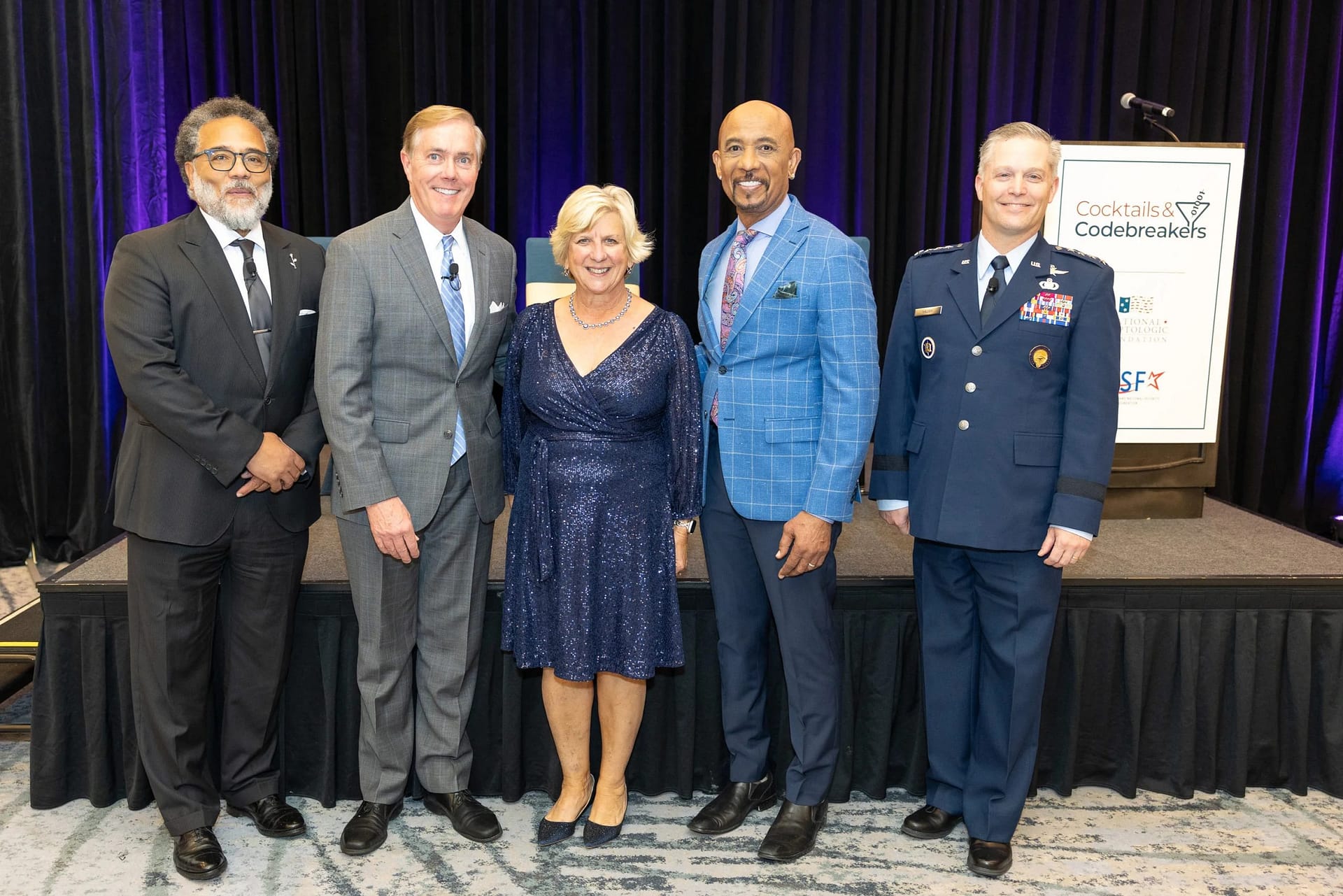
What an incredible journey it has been!
After nearly seven years as President and CEO of the National Cryptologic Foundation, I have decided to retire. When I accepted the role as the NCF’s first CEO in 2019, I could not have imagined the path that lay ahead.
Over these years, we have expanded our mission to include a dynamic education program and launched our Convening to Act initiative to address the complex challenges facing the cryptologic community. Most importantly, we have built a lasting and meaningful partnership with the National Security Agency—one that will continue to strengthen and grow.
It has been my great honor to lead this organization through a period of remarkable growth and transformation. Now, it is time to pass the torch and begin my next chapter.
~ Laura


